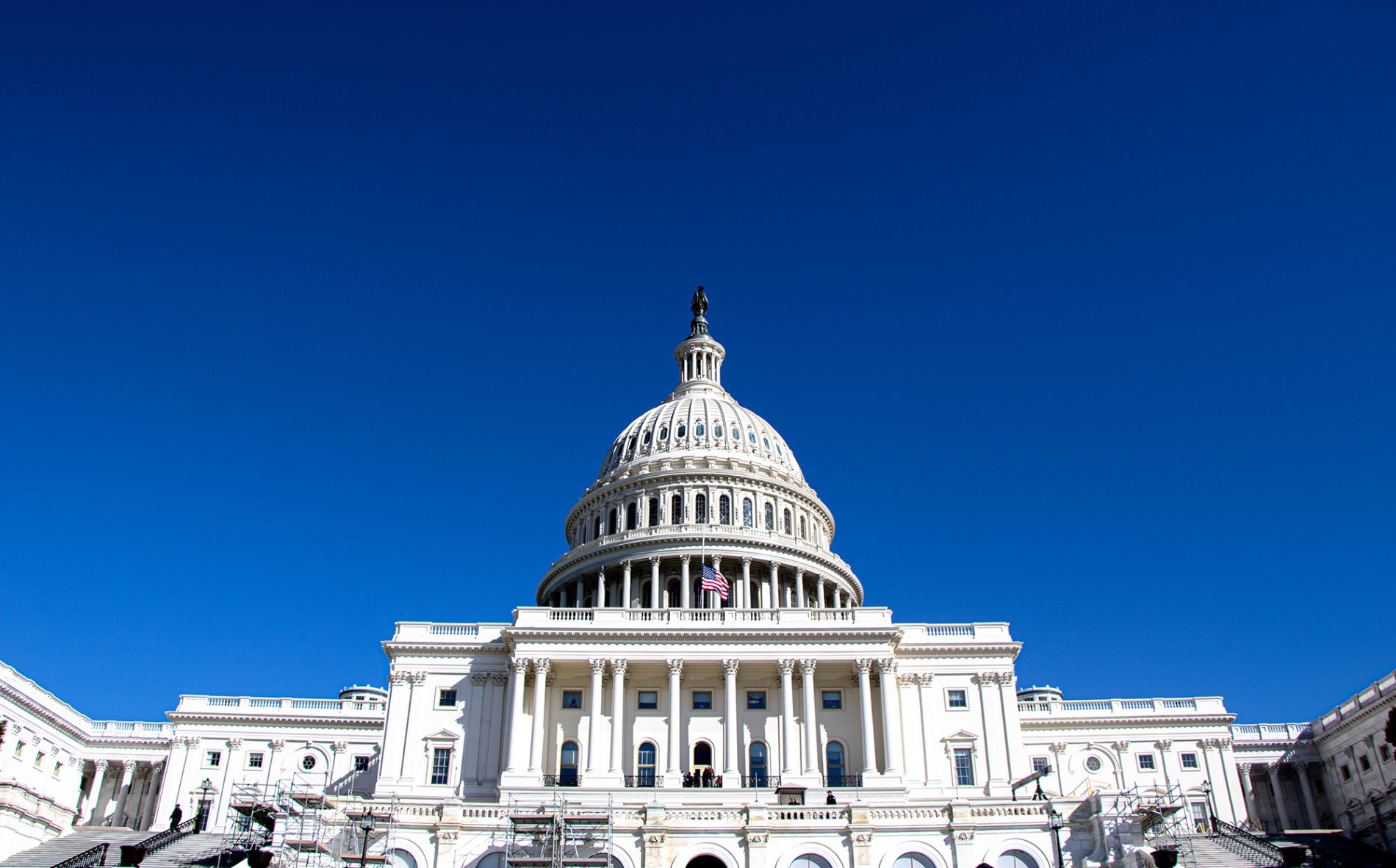In the last few weeks, colleges and universities have been scrambling to cope with financial losses incurred by a sudden halt in business as usual: housing refunds, cancelled sporting events and the like.
The University of Maryland alone stands to lose about $80 million, making the latest federal stimulus package — which shelled out $14 billion to be distributed across higher education — “clearly … not enough,” university President Wallace Loh said in an interview on April 7.
On March 27, Congress passed the CARES Act, an emergency relief bill designed to alleviate economic fallout from the COVID-19 pandemic. Loh joined a group of Big Ten university presidents in lobbying the government for a higher education bailout. Higher education advocates were hoping for as much as $50 billion in aid.
The bill’s education fund fell far short of that goal. This university will receive $21 million, which is derived from the percentage of Pell Grant recipients, according to the American Council on Education.
“We’re grateful for anything that we can get,” Loh said. “But in politics, there are many, many mouths to feed and you don’t get everything you want.”
[Read more: UMD to receive $21 million in federal aid for coronavirus losses]
Although congressional leaders are negotiating an additional stimulus package, it’s unclear whether this will translate to more relief for colleges and universities.
“When you’re talking about something that affects the entire economy, higher education has to get in line behind a lot of other interests,” said Philip Joyce, a public policy professor at this university who has worked in the U.S. Congressional Budget Office.
Struggling small businesses and the needs of over 17 million newly unemployed Americans will have a more immediate effect on the economy than losses incurred by higher education, Joyce said.
This university is already in the midst of a $39 million fee adjustment to students for housing and dining refunds, as well as other fees.
But the university’s hardest-hit sector could be its employees. Salaries and benefits make up 64 percent of the university’s expenditures this year — totaling about $1.4 billion. On April 2, Loh announced a hiring freeze of all faculty and staff.
Although the university is not currently considering layoffs, Loh did not dismiss the possibility.
“We’re all in this together, we care about each other, and we’re going to do the best we can to not lay people off,” Loh said. “But at some point, we may have to cross that bridge.”
[Read more: UMD students can expect fee refunds by April 30]
With state budgets plagued by their own cuts, state universities may be forced to raise tuition costs in the long run to cope with the pandemic’s financial fallout, Joyce said.
Since fall 2014, out-of-state students at Maryland have seen a nearly $2,700 rise in their tuition, compared to about a $500 increase for in-state students. At a Residence Hall Association meeting last March, Loh attributed these increases to a decline in state funding for the university.
Maryland Gov. Larry Hogan has already warned of broad budget cuts, as the state could see a $2 billion reduction in tax revenue over the next three months, according to The Washington Post.
“There’s a certain point at which you’ve got nowhere to go but raising tuition and fees,” Joyce said.
For now, it is unclear when CARES Act funding will be distributed to schools. The Department of Education has yet to set a date for the funds to be released, drawing even more concern from university leaders.
On April 2, the American Council on Education, on behalf of 40 other associations, sent a letter to Secretary of Education Betsy DeVos urging for the quick distribution of stimulus funds.
“I fear this funding will be for naught for many institutions unless the Department can act very quickly to make these funds available,” council President Ted Mitchell wrote.



